The UK and France will “jointly develop the next generation of beyond-visual-range air-to-air missiles for our fighter jets,” according to the Lancaster House 2.0 declaration released on 10 July.
The move reflects a strategic commitment to closer industrial cooperation under a newly revived Entente Industrielle, focused on strengthening NATO’s edge in high-end air combat.
As part of the agreement, both governments will “extend the Meteor capability,” launching “a joint study with industry to inform our future development of its successor.” Meteor, currently fielded on platforms such as the RAF Typhoon and French Rafale, has become a benchmark for European missile performance, and the joint study is designed to ensure its successor matches the demands of future air warfare.
This effort will fall under a new joint governance structure. The declaration commits both countries to “establish a new, joint Complex Weapons Portfolio Office, embedded with OCCAR,” the European procurement agency. This office will coordinate joint missile programmes including the Meteor follow-on, aiming to “reduce duplication” and improve industrial efficiency.
Looking further ahead, the two nations will “explore a combat air interoperability roadmap, including potential collaboration on armaments,” to support integration across their current and future combat air forces. This includes sixth-generation systems, ensuring that the future missile contributes directly to “European and NATO air superiority.”
The Meteor missile
The Meteor is a long-range air-to-air missile developed by MBDA through a European partnership involving the United Kingdom, France, Germany, Italy, Spain, and Sweden. Designed for beyond-visual-range engagements in contested environments, it is capable of targeting fast, manoeuvrable aircraft as well as smaller threats like cruise missiles and UAVs. Its range is officially listed as over 100 kilometres, though estimates suggest more. More significant than sheer range is its large no-escape zone, which extends beyond 60 kilometres. This gives it a major tactical advantage over earlier systems such as the AIM-120 AMRAAM.
Meteor’s propulsion is a key reason for that advantage. It uses a throttleable ducted rocket, a form of solid-fuel ramjet that sustains thrust throughout the missile’s flight rather than burning out early. This allows it to cruise at speeds above Mach 4 and retain energy into the terminal phase of engagement. The missile’s boron-loaded propellant yields a much higher specific impulse than conventional rocket fuel, allowing greater manoeuvrability and sustained speed at long range. The engine can dynamically adjust thrust mid-flight, which is important for intercepting targets that are actively trying to escape or outmanoeuvre the missile.
Guidance is handled through a mix of inertial navigation, mid-course updates via a datalink, and active radar homing in the final phase. The radar seeker, developed by MBDA and Thales, builds on earlier European systems and is designed to operate in cluttered, high-interference environments. The two-way datalink means the missile can receive updated target information while in flight, either from the launch aircraft or another platform in the network. It can also send back status updates, including whether the seeker has aquired its target. This network capability makes Meteor suited to modern multi-domain combat.
Control surfaces on the missile consist of four rear-mounted fins, giving it the agility required for high-G engagements. The fin actuation system is housed in the rear fairings alongside other electronics like the datalink and power units. These components are designed to minimise drag and withstand the thermal and aerodynamic stresses of high-speed flight. The warhead is a blast-fragmentation type equipped with both proximity and impact fuses. The fuze system is tuned to detonate at the optimal moment to maximise damage, whether the target is a fast-moving fighter or a smaller, harder-to-hit drone.
Meteor entered service with the Swedish Air Force in 2016 on the JAS 39 Gripen and has since been integrated with the Rafale and Eurofighter Typhoon used by the UK, France, Germany, Italy, and Spain. Future integration is planned for the F-35 and South Korea’s KF-21. The missile is designed to be maintenance-free during its service life, which is rated at 1,000 flight hours, and is stored in sealed containers when not in use. Its long reach, sustained speed, advanced seeker, and resilience in electronic warfare environments make it one of the most capable air-to-air missiles currently in service.




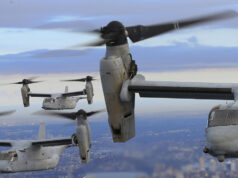


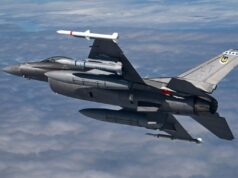

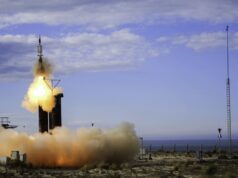
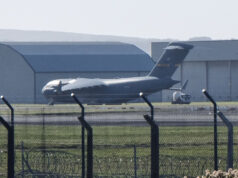

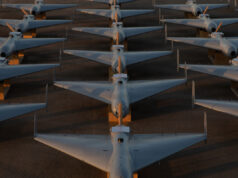

And there we have the answer from earlier.
I wonder what could be done to prove range, given F35B internal carriage and that Meteor already needed clipped fins to fit?
We need a new Lancaster bomber 😂
Going to need to speed that thing up if these match 6 hypersonic jets are actually going to enter service in the next decade or so.
What Mach 6 hypersonic jets???
Future integration is planned for the F-35 pmsl. When? 2060?
I find it deeply embarrassing and perhaps scandalous. That a jet such as the KF21 will have Meteor IOC by 2028. This is a jet that was designed and built some 20 years after the F35. Yet has already completed its first Meteor test firing, WTF LM, pull your finger out!
From wiki.. The United States Department of Defense (DoD) considers the AIM-260A JATM program to be the number one air-delivered weapon priority for both the U.S. Air Force (USAF) and the Navy (USN); and its acquisition out-prioritizes other weapon system improvements and modernization efforts on any fielded aircraft.
Considering that and also both F-35 and AIM-260 are both LM, maybe be a few (extra) reasons for the delay.